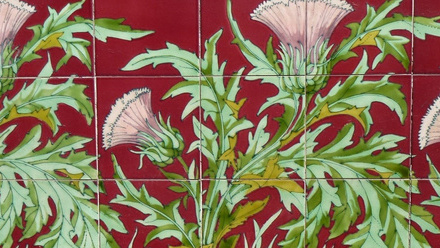Icon Ethical Guidance
Adopted by Icon's Board of Trustees in 2020, the Icon Ethical Guidance was developed by professional conservators. The Icon Ethical Guidance is designed to guide the actions of all Icon members, regardless of specialism or area of practice.
The guidance is formed of two key sections:
- Ethical principles for conservation: These are thirteen broad statements defining the ethical approach to items of cultural heritage.
- Commentary on the principles: Comprising a short analysis of the fundamental ideas expressed by each Principle, and how to apply them to your practice.
There is also a Glossary of terms used.
Ethical Principles
Knowing why any action is proposed, and who is involved.
- The aim of the proposed action should be agreed with stakeholders, taking into account the demands which will be placed on the item, the goals of the stakeholders and the material needs of item. The option of no action should be investigated first.
- The rationale for the proposed action needs to be clearly defined and understood before starting.
- The action is appropriate, sustainable and effective in achieving the agreed aim with the least means possible.
Understanding the issue
- Decisions should be governed by thorough understanding of the item and its significance, including its tangible and intangible qualities.
- Decisions are based on an understanding of the underlying causes of deterioration, which should be addressed where possible.
Considering resources and constraints
- Decisions are informed by an assessment of consequences, risks, and benefits.
- Decisions and actions should draw on and provide appropriate skills and experience.
- Aim for the best quality and most sustainable action achievable with available resources.
Designing the action
- Future use, planned maintenance, preservation and preventive measures should be considered when designing the action.
- Actions should remain detectable.
- Actions should allow future re-treatment and remain as reversible as possible.
- Actions should only be undertaken where there is evidence to support the intended aims and the methods proposed for achieving them.
Documentation
- The action, or decision to take no action, is documented to the appropriate level of detail and include recommendations for the future maintenance and preservation of the item.
You can download this as a pdf here.
Personal Statement of Ethical Practice
The Icon Ethics Task & Finish Group also supported the development of the “Guidelines for creating a personal statement of ethical practice” authored predominantly by Jonathan Ashley-Smith, ACR.
Image: Bianca Harvey

